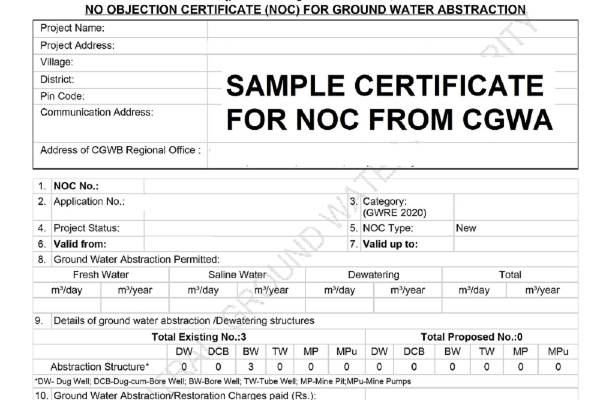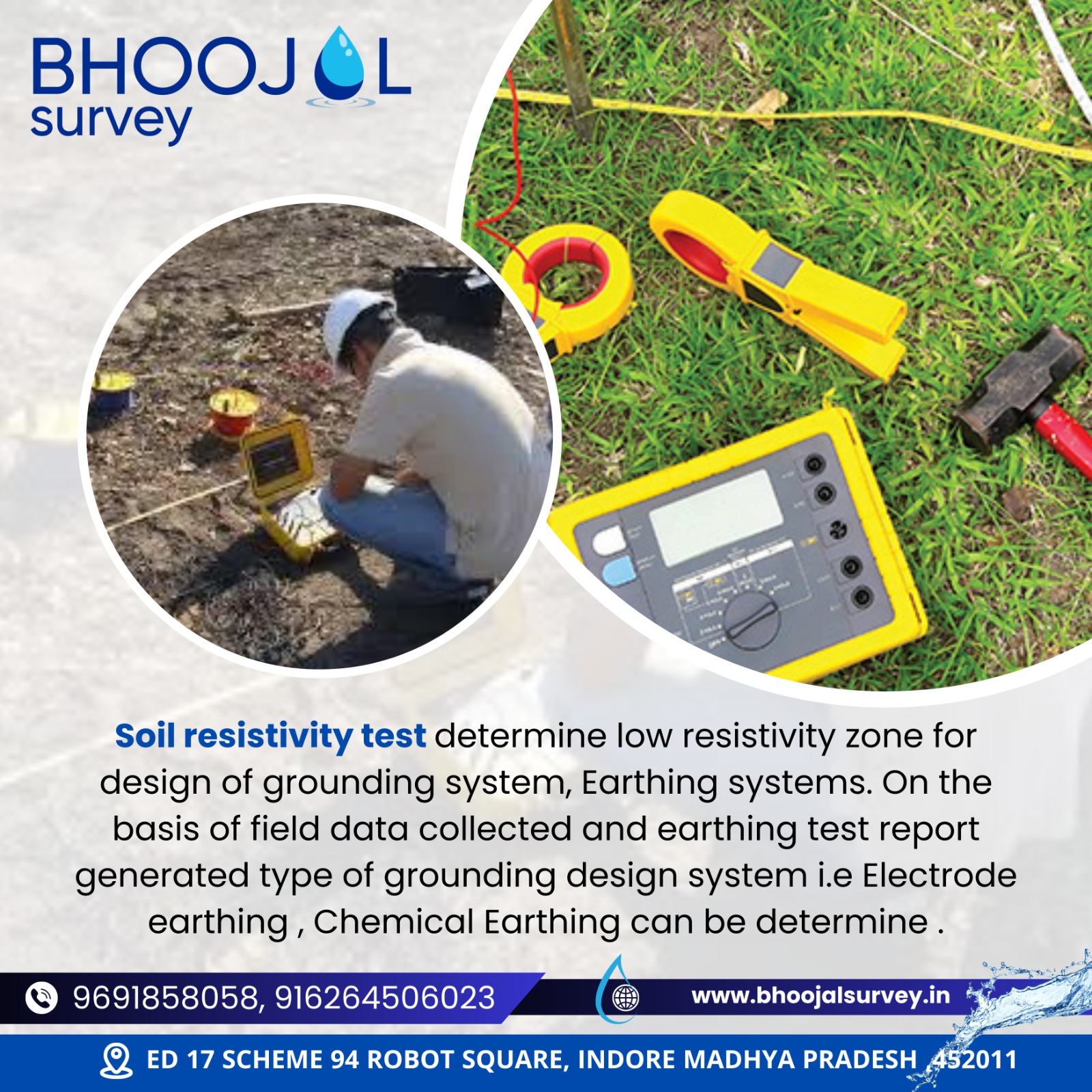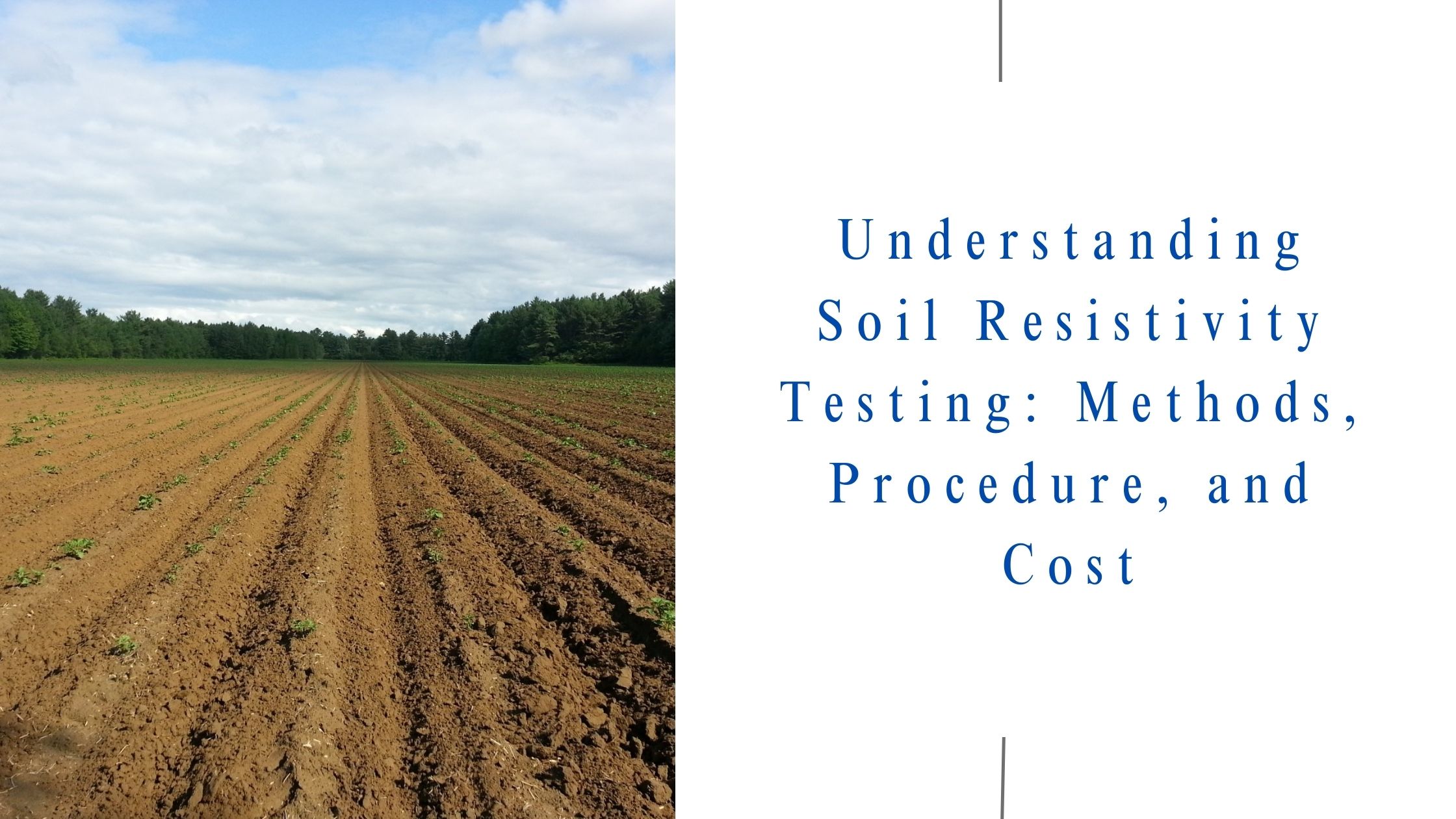Introduction:
Soil resistivity testing is a crucial component in various engineering and environmental studies, helping assess the electrical properties of soil. This article will delve into the different methods employed, the procedural aspects, and the associated costs. Whether you are a professional in geotechnical engineering or someone seeking insights into soil resistivity testing, this comprehensive guide aims to provide a thorough understanding.
I. Ground Resistivity Testing: An Overview
Ground resistivity testing is the process of measuring the resistance of the soil to the flow of electrical current. This parameter is crucial in multiple fields, such as the design of grounding systems, corrosion protection, and assessing the suitability of soil for construction.
II. Significance of Soil Resistivity Testing in Groundwater NOC
Ground water Noc (No Objection Certificate) is often required for activities involving groundwater, and soil resistivity testing plays a pivotal role in this process. The assessment helps determine the potential impact of a project on groundwater resources and ensures compliance with environmental regulations.

III. Soil Resistance Test Methods: Wenner Method
Wenner Method is a widely used technique for soil resistivity testing. This method involves placing four equally spaced electrodes in the ground, forming a square or rectangle. The distance between these electrodes and the depth of insertion are crucial parameters in the accurate measurement of soil resistivity.
IV. Earth Resistivity Test Method: Exploring Variations
Apart from the Wenner method, several other earth resistivity test methods exist, each catering to specific scenarios. Some of these include the Schlumberger method, the dipole-dipole method, and the pole-dipole method. The choice of method depends on factors such as the project requirements, the type of soil, and the depth of investigation needed.
V. Soil Electrical Resistivity Test: The Procedure Unveiled
Soil electrical resistivity testing involves a systematic approach. The procedure includes site preparation, electrode placement, current injection, voltage measurement, and subsequent data analysis. The collected data helps in creating a resistivity profile of the soil, offering valuable insights for various applications.

VI. Evaluating the Cost of Soil Resistivity Testing
The cost of soil resistivity testing varies based on factors like the chosen method, the size of the area to be tested, and the depth of investigation required. It is essential to consider these factors when planning a project budget. Consulting with experts can provide a more accurate estimate tailored to specific needs.
Conclusion: Unlocking the Potential of Soil Resistivity Testing
In conclusion, soil resistivity testing is a vital component in various industries, ensuring the efficient design and implementation of projects while meeting regulatory requirements. Understanding the methods, procedures, and associated costs empowers professionals and stakeholders to make informed decisions, fostering sustainable development.
How Bhoojal Survey & Recharging Can Help You with Soil Resistivity Test Services In India:
If you are seeking reliable and professional soil resistivity testing services in India, Bhoojal Survey & Recharging is your go-to partner. With a team of experts and state-of-the-art equipment, we offer comprehensive solutions tailored to your specific needs. Contact us for accurate soil resistivity assessments that align with industry standards and regulatory requirements.
FAQs: Frequently Asked Questions
Q1: What is the validity of a groundwater NOC?
The validity of a No Objection Certificate issued by the Central Ground Water Authority (CGWA) varies based on the specific project and conditions. It is crucial to check the expiration date mentioned on the NOC and initiate the revalidation process if needed.
Q2: How often should soil resistivity testing be conducted?
The frequency of soil resistivity testing depends on the nature of the project and any changes in the surrounding environment. Generally, periodic testing is recommended, especially when there are alterations in the land or potential sources of contamination.
Q3: What is soil resistivity testing?
Soil resistivity testing is a geotechnical procedure to measure a soil's resistance to the flow of electrical current. It assesses the soil's electrical properties, providing valuable data for diverse applications, including construction, grounding systems, and environmental impact assessments.
Q4: What are the Methods of measuring soil resistivity?
Various methods are employed, such as the Wenner method, Schlumberger method, dipole-dipole method, and pole-dipole method. The Wenner method, for instance, involves four electrodes placed in the ground to create a square or rectangle, facilitating accurate soil resistivity measurements.
Q5: What is the Method statement for soil resistivity test?
The method statement for a soil resistivity test outlines a systematic procedure. It includes site preparation, proper placement of electrodes, controlled current injection, precise voltage measurement, and comprehensive data analysis. Following these steps ensures accurate results for engineering and environmental assessments.
Q6: What causes soil resistivity?
Soil resistivity is influenced by several factors, including moisture content, mineral composition, temperature, and the presence of contaminants. High moisture and certain minerals enhance conductivity, while dry or contaminated soil can increase resistivity. Understanding these factors is vital for accurate soil resistivity assessments.
Q7: Why is resistivity important?
Resistivity is a critical parameter in various engineering applications. It plays a pivotal role in designing efficient grounding systems to prevent electrical hazards, corrosion protection in structures, and assessing the environmental impact of projects on soil and groundwater. Proper understanding and management of resistivity ensure the safety, compliance, and optimal performance of diverse engineering endeavours.
To download as a pdf click here Understanding Soil Resistivity Testing: Methods, Procedure, and Cost

